Marshall Plan needed for Ebola-hit Africa: Oxfam
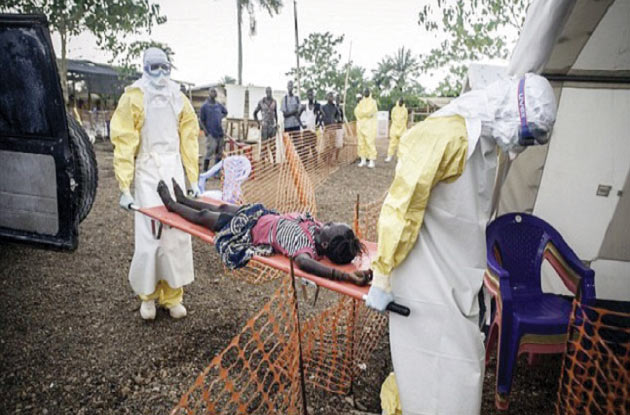
Cape Town – The three West African countries hardest hit by Ebola need a multi-million dollar “Marshall Plan” in order to recover from Ebola, Oxfam has claimed.The charity has called for an international “pledging conference” to agree recovery plans for Liberia, Sierra Leone and Guinea, backed by piles of cash from the world’s richest countries.
The Marshall Plan was named after then US secretary of state General George Marshall, who in 1947 came up with a plan to help war-ravaged Western Europe recover using American money.
With Europe broken and vulnerable to the rise of communism, the Marshall Plan was passed by Congress the following year.
Funding from the US government eventually rose to more than $12bn – an astounding $127.4bn in today’s money, according to
historical figures adjusted for inflation on Coinnews.net.
In October last year, the World Bank estimated that the regional impact of the Ebola virus over two years could reach $32.6bn by the end of 2015.
Since the beginning of the Ebola outbreak, the World Bank has estimated that nearly 180,000 people have lost their jobs in Sierra Leone – and in Liberian households half of the main breadwinners are out of work.
Oxfam’s research, conducted in three Liberian countries, found that 73 percent of families have seen their incomes plunge, with an average income drop across the board of 39 percent.
The charity said one of the effects of lost income is the inability to buy food – with 60 percent of those interviewed complaining they had not eaten enough in the past week.
The World Bank, meanwhile, found that in Liberia more women were losing their jobs than men, while the price of food has gone up by 40 percent.
Ebola-hit countries were already struggling — with 64 percent of Liberia’s population living below the poverty line, 55 percent of Sierra Leone’s and 40 percent of Guinea’s.
That said, before the Ebola crisis hit Liberia and Sierra Leone were two of the fastest growing African economies.
Both countries were coming from a low economic base after years of war, but Liberia was enjoying annual growth rates of more than 5 percent and Sierra Leone had a staggering projected growth rate of 11.3 percent.
Guinea, meanwhile, was also on the up, with a projected growth rate of 4.5 percent before Ebola took hold.
The World Bank has previously said that Ebola is “wiping out hard-earned development gains” and will “worsen already entrenched poverty”.
It expects Ebola will continue crippling the three economies, and has sharply downgraded its growth estimates.
On a visit to Liberia, Oxfam GB’s chief executive Mark Goldring said that if the world failed to help the three countries after surviving Ebola it would “condemn them to a double-disaster”.
He said: “People need cash in their hands now, they need good jobs to feed their families in the near future and decent health, education and other essential services. They’ve gone through hell, they cannot be left high and dry”.
In October, UN Secretary General Ban Ki-Moon issued an urgent appeal for more funding for the crisis, revealing that a trust fund set up to raise $1bn had taken in just $100,000.
China’s $20m donation was among the most heavily criticised – with individual donors pledging more alone – such as Facebook billionaire Mark Zuckerberg pledging $25m.
The prod from the UN chief appears to have had some effect, with the World Bank reporting in December that it was mobilising nearly $1bn. This is, however, woefully short of the $32.6bn regional impact that the Bank has predicted by the end of 2015.
Goldring said: “The world was late in waking up to the Ebola crisis, there can be no excuses for not helping to put these economies and lives back together”.
A Marshall Plan-style recovery plan would see substantial cash grants given to restore and rehabilitate the countries and their people.
In the 1940s, though the Soviet Union viewed the motives of Marshall Plan suspiciously, it was regarded as a great humanitarian effort. Marshall himself became the only general ever to receive a Nobel Prize for peace – and the Marshall Plan lay the foundation for all future US foreign aid programmes.
The money was used for everything “from medicine to mules” – with aid given in grants to buy food, equipment, improvements to transport system.
Some 70 percent was used to buy commodities from US suppliers – giving the US economy a healthy boost in return. – News24

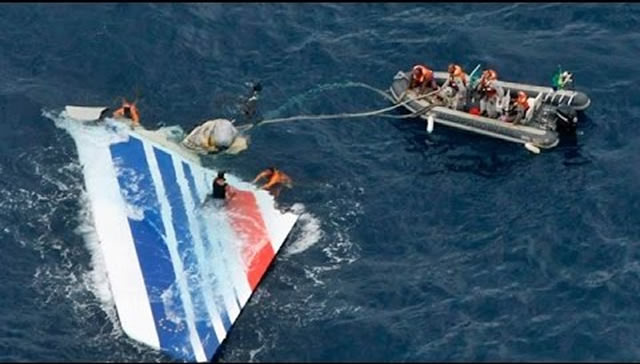
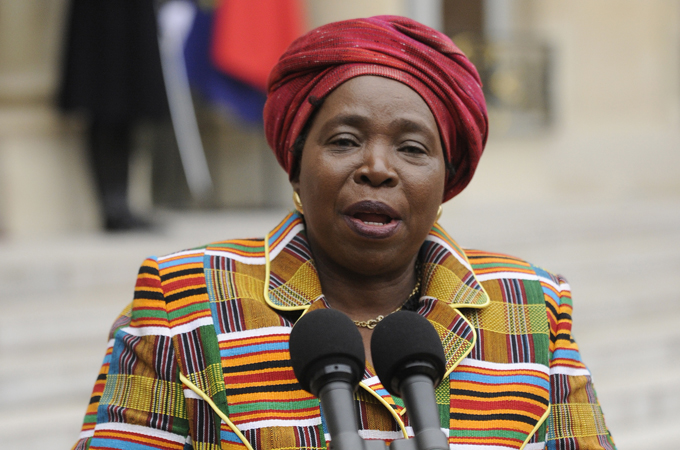
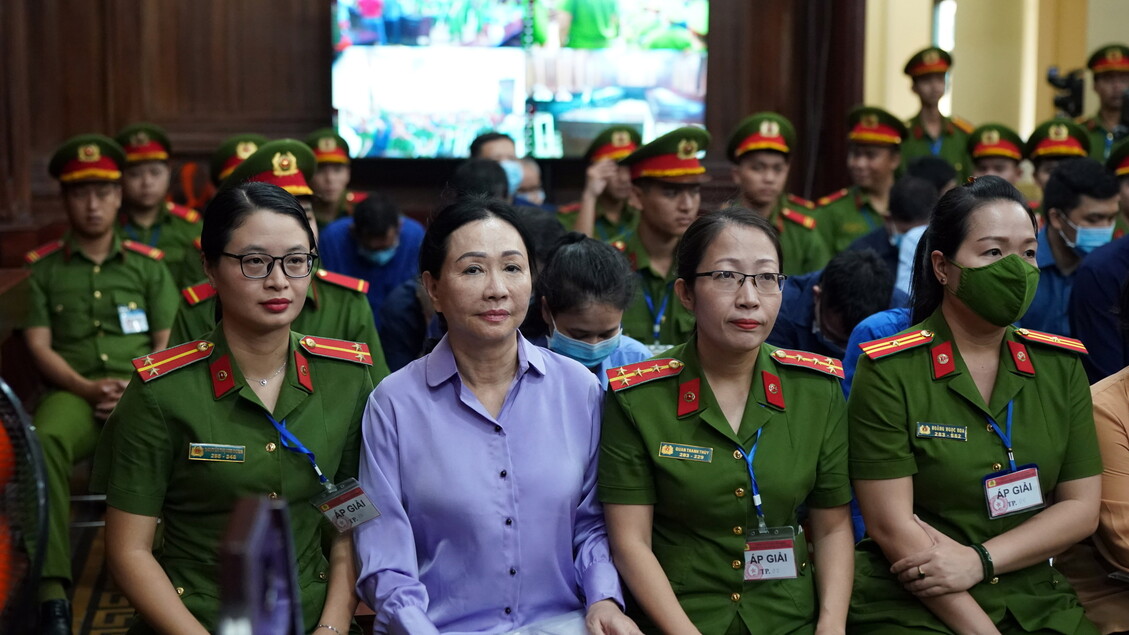
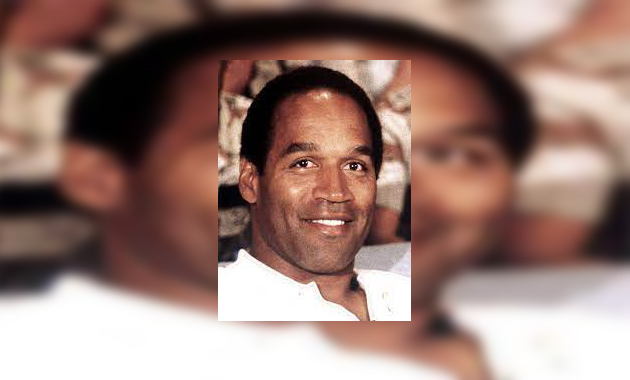



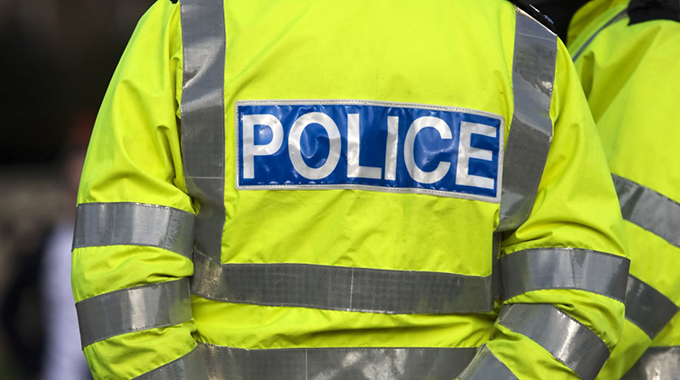

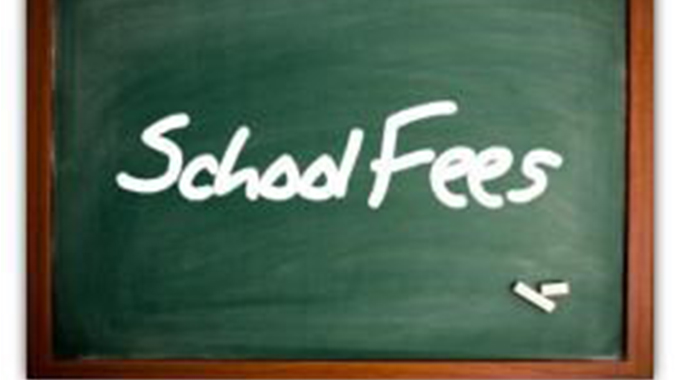
Comments